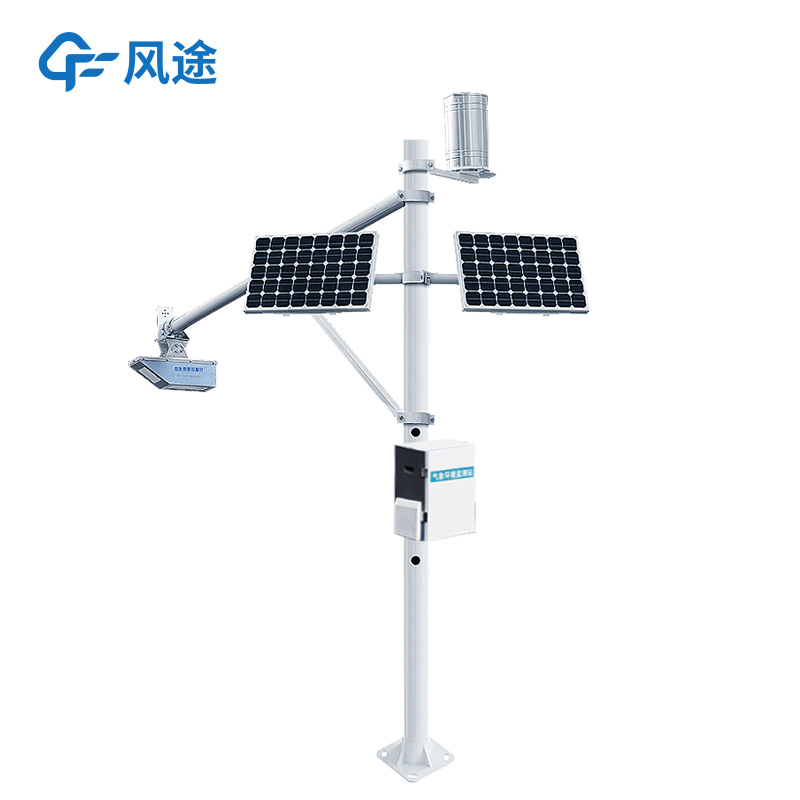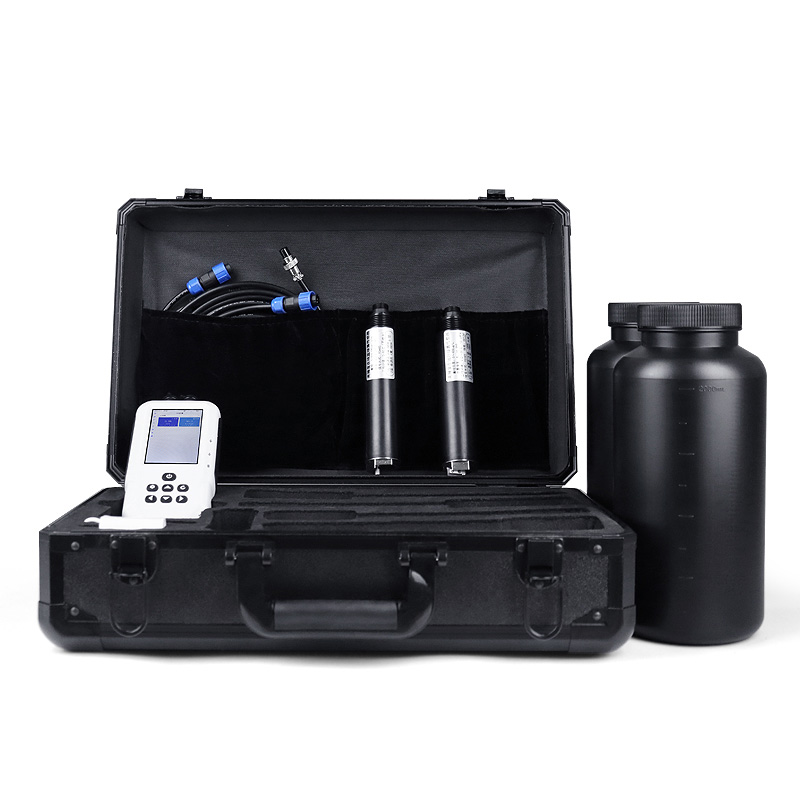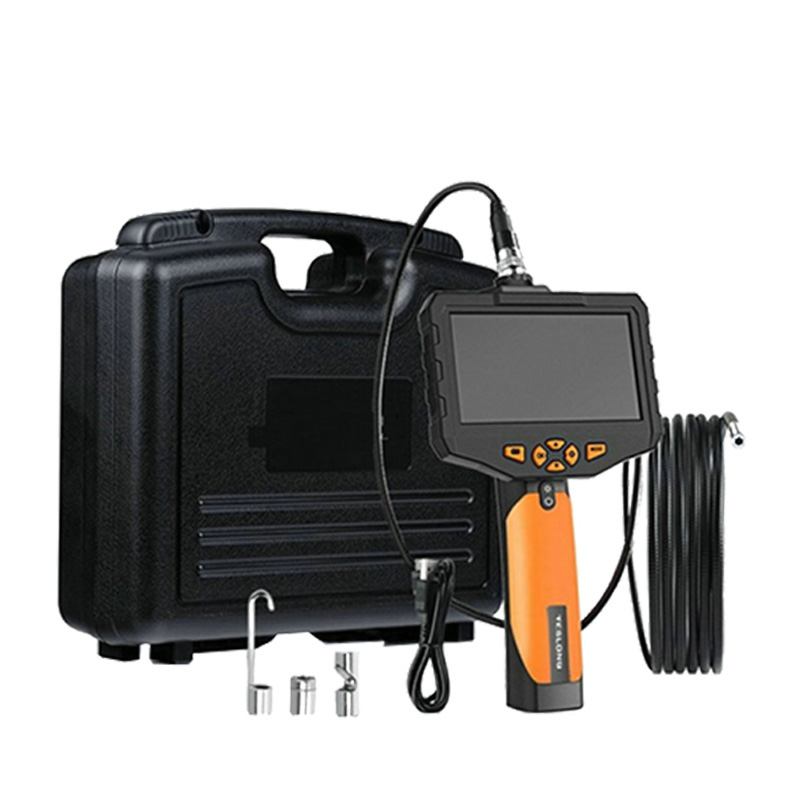Surface water is a core water resource for human production and daily life. However, affected by the global greenhouse effect, disasters such as dike breaches and floods caused by extreme rainfall occur frequently. These disasters not only threaten the safety of people’s lives and property but also result in significant losses. Therefore, popularizing flood protection knowledge and deploying water conservancy monitoring equipment is imperative. As a key device, the surface water level monitor can real-time monitor data such as water level and rainfall, providing scientific data for relevant departments to conduct early prevention and control.
Among surface water level monitors, the Water Level Monitoring System and Water Level Gauge are widely used. First, the Water Level Gauge has become a mainstay in monitoring due to three core advantages:
High-precision measurement: It can achieve millimeter-level or even higher precision, far exceeding traditional water level rulers, ensuring accurate and reliable data.
Rapid data acquisition: Relying on digital technology, it eliminates the need for repeated manual reading, greatly improving monitoring efficiency.
Easy operation and remote monitoring support: It can be activated simply by placing the probe in water, and can connect to devices such as computers and mobile phones, enabling real-time viewing of water level dynamics anytime, anywhere.
The Water Level Monitoring System is an important station for water level monitoring, usually deployed around water areas such as rivers, lakes, and reservoirs. It collects real-time water level data through radar water level sensors and measuring equipment, and then transmits the data to the data center quickly via a data transmission system. This data not only supports flood control and disaster mitigation—by tracking water level changes in real time to issue flood warnings—but also serves water resource management (providing a basis for formulating water use plans and scheduling schemes), and contributes to water ecological protection and shipping safety assurance.
Both types of equipment can be paired with linked display screens and audible-visual alarm lights, and set up over-limit warnings in conjunction with cloud platforms. Once the monitored data exceeds the threshold, audible-visual alarms are triggered immediately to remind people to evacuate. In flood response, the accurate data they provide, combined with protective measures such as building dikes and reservoirs and strengthening ecological construction, as well as emergency methods like calm evacuation and using floating objects for self-rescue, jointly build a safety defense line against flood disasters and protect the lives and property of the people.

This paper addresses:https://www.fengtusz.com/industry/818.html









